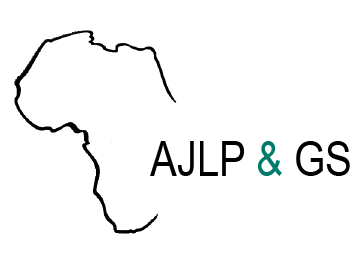Resource information
Goal and Objectives:The overall objective of this paper is to examine the perspectives of pedestrians on the walking environmennt in a stuation of increased transport and to recommend for policy and planning interventions through which the walking environment in cities of developing countries can be improved.Methodology:On methodological fronts, the study adopted a mixed research methodological approach and a caste study research strategy. Data were collected by using observations, unguided group discussions, questionnaire and checklist. Open and closed questions were developed and addressed to the resident households, pedestrians and professional experts to provide views regarding the walking environment in Sub Saharan African cities. A total of 100 respondents (72 resident households and 28 pedestrians) and 22 pupils were purposely selected from three sub/cases for in-depth interviews. Out of 100 respondents 28 were women, 12 were people with disabilities and 15 were the elderly (aged 60+) persons.Results:The findings revealed that the physical environment in Dar es Salaam is not pedestrian friendly as the pedestrians’ requirements are inadequately considered in the national related policies and project implementations. People in Dar es Salaam perceive that the walking environment is uncomfortable, dangerous and insecure from crime. The walkways provided lacked continuity, maintenances, safety, street furniture and fixtures. The walkways also experienced encroachments by street vendors, flooding and damping of solid wastes. The National policies give little attention to pedestrians and other NMT road users, who are often the losers in the struggle for urban space and have little power to influence the urban transport agenda.


